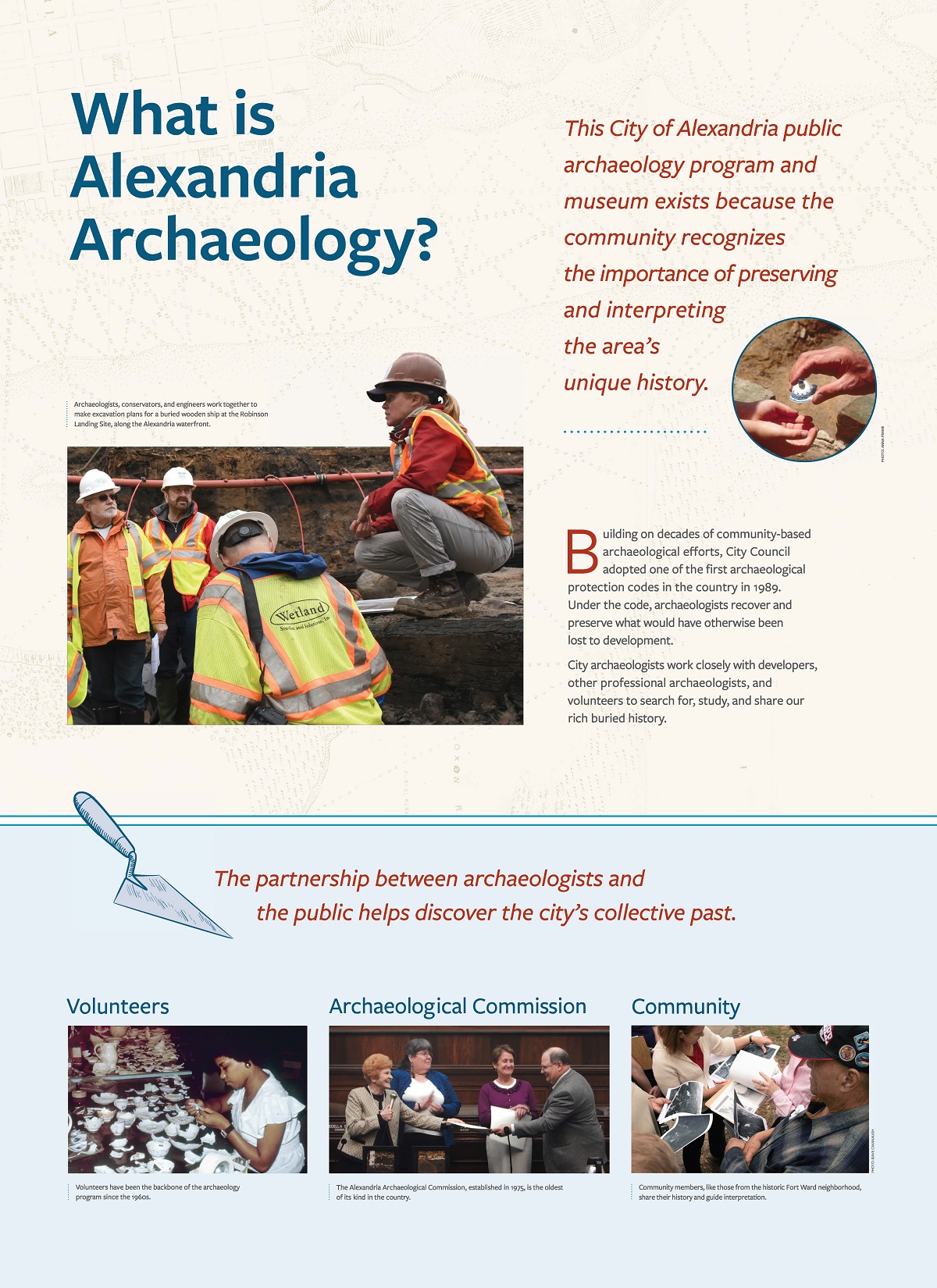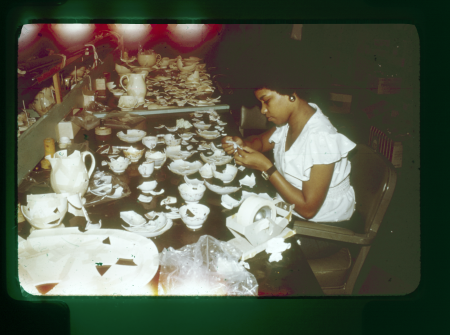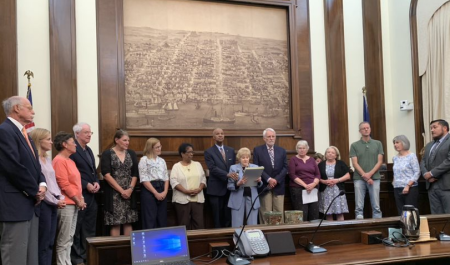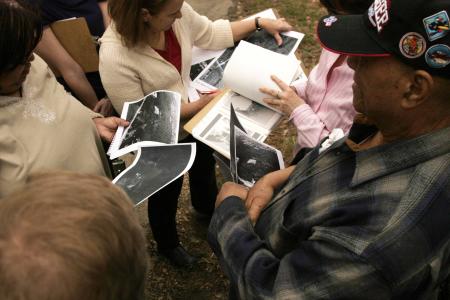
What is Alexandria Archaeology
A Community Digs its Past: The Lee Street Site
The Lee Street exhibit reveals the archaeological process and the history of Alexandria as seen through the lens of the Lee Street Site (archaeological site 44AX180) and several other waterfront sites.
Preserved on the Lee Street Site was a cross-section of Alexandria's history from its founding in 1749 into the 20th century. Eighteenth-century wharves remained intact below remnants of a bakery, taverns, and residences that had sprung up on the bustling waterfront. The block was later used by the Union Army as a hospital support facility for the huge influx of soldiers during the Civil War. These layers of time were preserved under shallow foundations and a paved parking lot. The exhibit weaves together the story of the wharves, taverns, bakery and Civil War privy excavated at the corner of Lee and Queen Streets with the step-by-step process of archaeology from research and excavation to lab work and conservation.
What is Alexandria Archaeology?

What is Alexandria Archaeology?
This City of Alexandria public archaeology program and museum exists because the community recognizes the importance of preserving and interpreting the area’s unique history.
Building on decades of community-based archaeological efforts, City Council adopted one of the first archaeological protection codes in the country in 1989. Under the code, archaeologists recover and preserve what would have otherwise been lost to development.

City archaeologists work closely with developers, other professional archaeologists, and volunteers to search for, study, and share our rich buried history.
The partnership between archaeologists and the public helps discover the city’s collective past.
Volunteers

Archaeological Commission

Community
